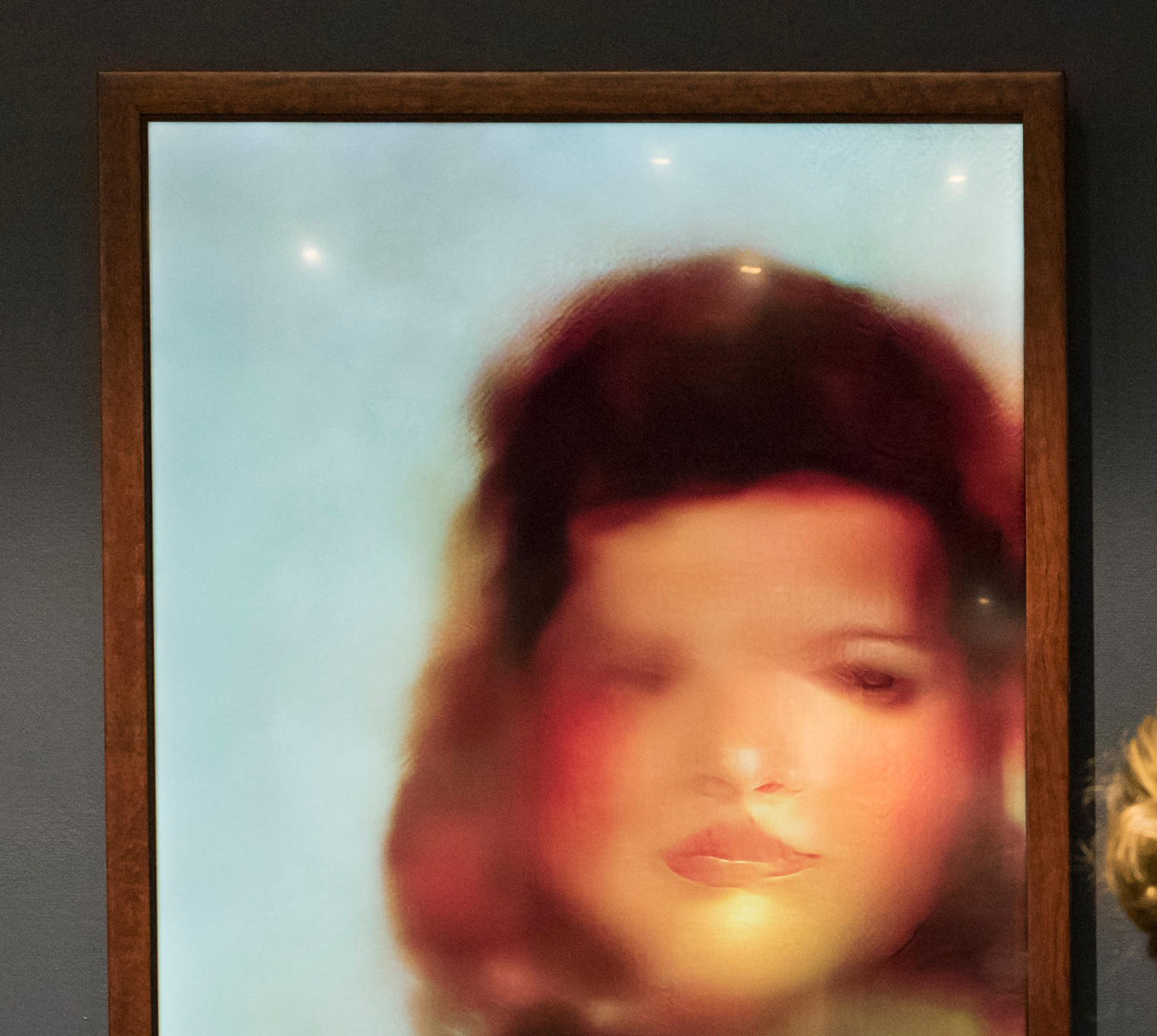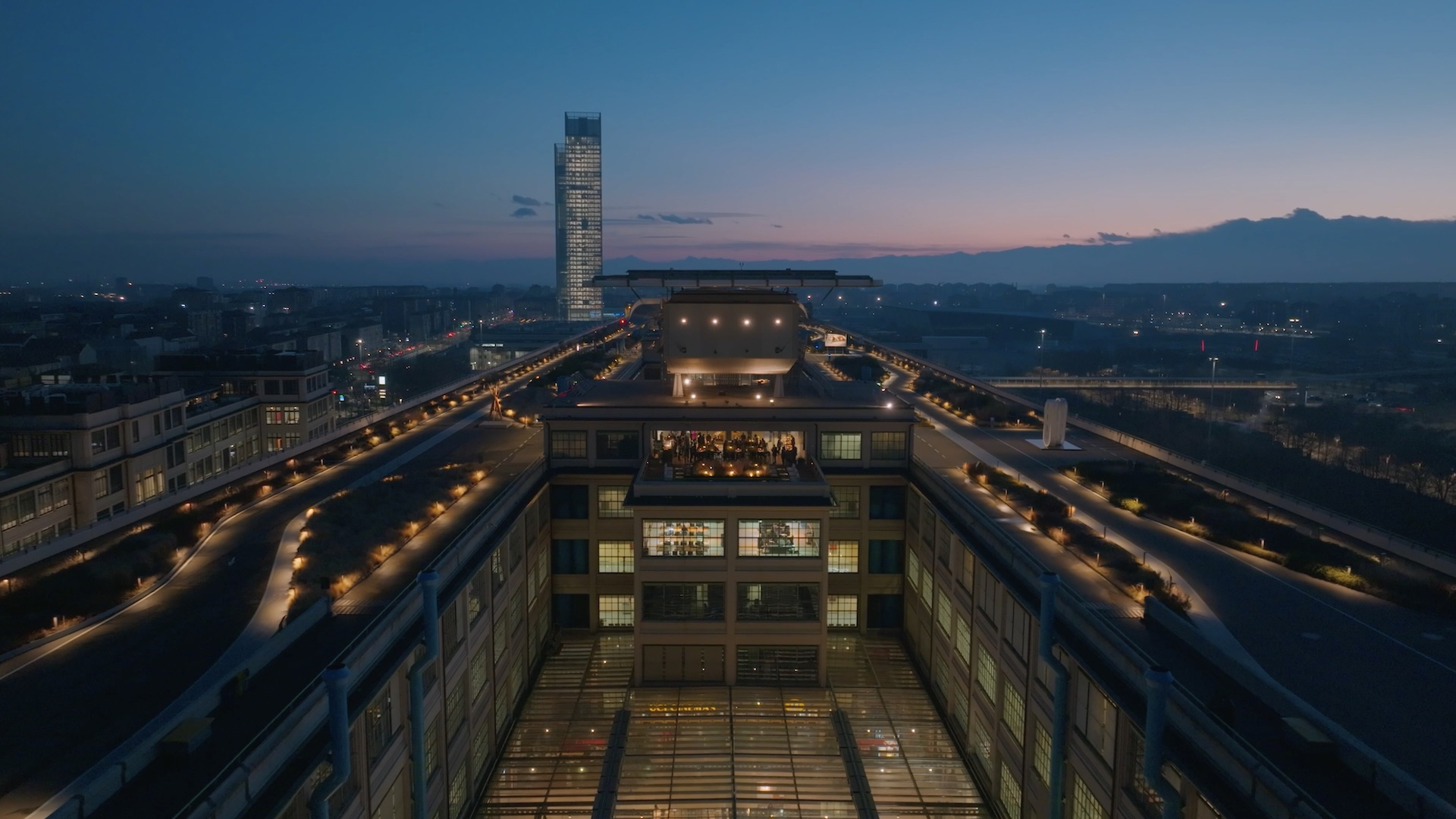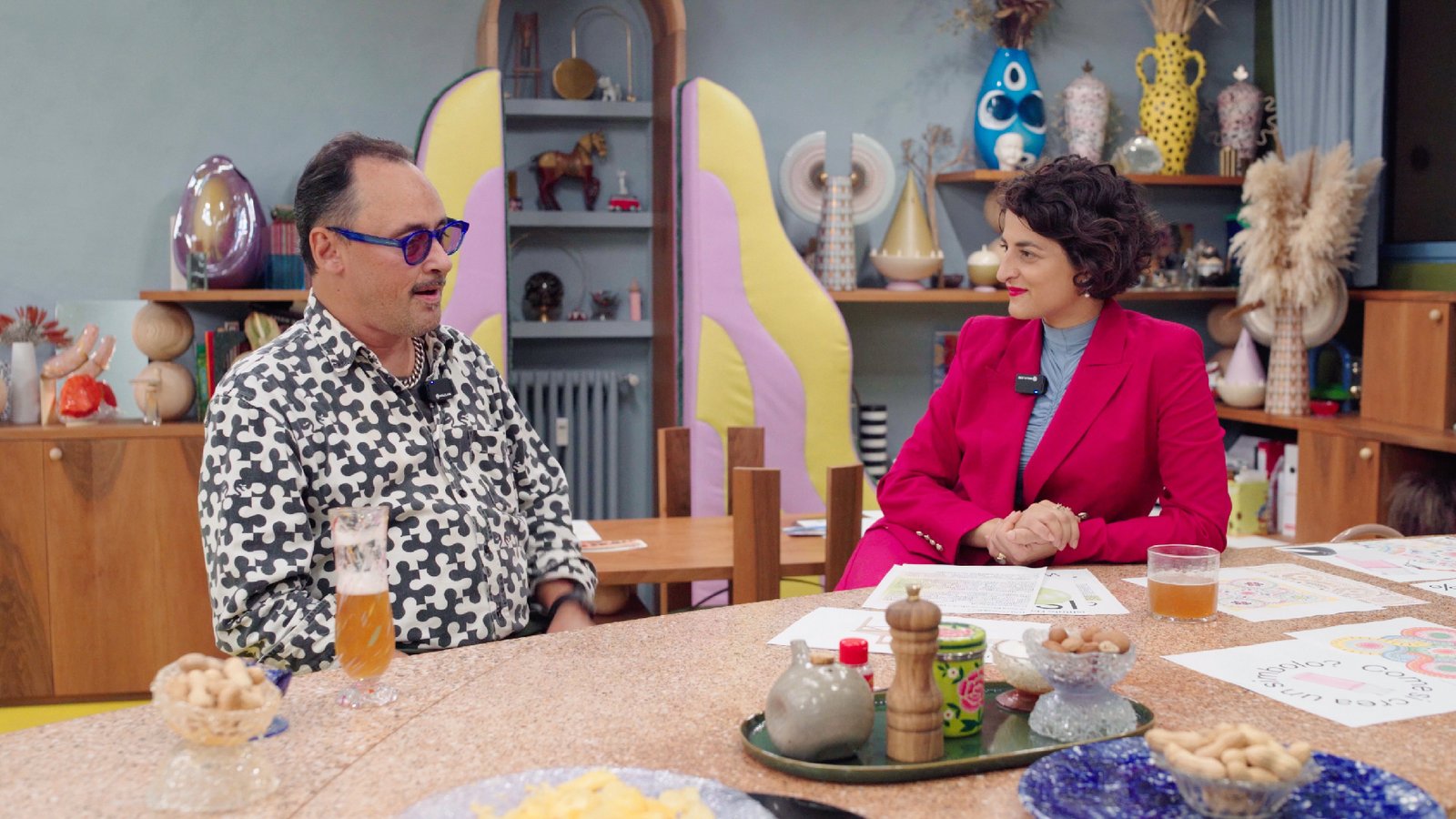
Art or artifact? CAN ARTIFICIAL INTELLIGENCE REALLY BE CREATIVE?
New York, October 25th, 2018. It is a rainy evening like so many others. At Christie's, the sanctum sanctorum of art, is staging yet another auction populated by businessmen, decadent heirs and intellectual snobs. Prominent among the lots on the dreary evening is a painting of a male figure dressed in classical-style clothing, reminiscent of the portraits of 18th-century European aristocracy. The man is depicted in a half-length, frontal, slightly tilted pose: the details of the face, however, are blurred, distorted in places. The effect, as a whole, gives the painting a vaguely surreal atmosphere, a feeling amplified by the signature that stands out in the lower portion of the painting.
Recites:
Here, it is not the fad of a contemporary transhumanist artist. The work "Portrait of Edmond de Belamy," which will sell for the modest sum of $432,500 on that autumn evening, was created by the Generative Adversarial Network (GAN), an artificial intelligence algorithm developed by the French art collective Obvious, trained on a dataset consisting of thousands of historical portraits. The signature, to understand it, is a mathematical formula that represents and underscores the non-human origin of the work, opening up intriguing-for some, perhaps, even disturbing-questions about the conceptual path we are invited to take in attempting to "attribute" the painting correctly.
 Portrait of Edmond de Belamy' created by the Generative Adversarial Network (GAN), an artificial intelligence algorithm.
Portrait of Edmond de Belamy' created by the Generative Adversarial Network (GAN), an artificial intelligence algorithm.
Almost six years have passed since that auction. And the world, in the meantime, has changed. The exponential spread of generative algorithms (Chat Gpt, Gemini) and text-to-image (TTI) technologies such as DALL-E or Midjourney foment collective debate on a daily basis. AIs are deeply revolutionizing business and industrial innovation processes, sketching a dystopian-tinged future that, in pop imagery, often evokes Matrix-like scenarios.
Circumscribing the discussion to art, it must be said that the uproar generated by the sale of "Portrait of Edmond de Belamy" did not turn into the apocalypse of the art market that some, at the time, readily prophesied. The 2018 transaction had been masterfully packaged, precisely, to generate scandal. A short time later, Sotheby's tried to follow Christie's example by auctioning Mario Klingemann's "Memories of Passersby." The work, still generative, however, went for only 40,000 pounds.
 “Memories of Passersby” by Mario Klingemann
“Memories of Passersby” by Mario Klingemann
The market value of AI-generated art, on balance, has gradually diminished: as the novelty effect has worn off, generative algorithms have by no means replaced - exquisitely - "human" artistic production. On the contrary, they have become an innovative tool for exploring the creative possibilities of technology, inserting themselves with increasing speed and rapid spread into the world of graphic design, video editing, and commercial photo production. Viewing AI with concern today are primarily professionals who work with images for purely applied purposes, who feel (rightly, in my view) threatened by the generative power of a technology that is evolving and refining exponentially. Artists, for the time being, seem to view AI with curiosity, bordering on suspicion, aware that the aura of sacredness and uniqueness that historically surrounds their position is hardly affected by TTI technologies. Nevertheless, the impact of AI in the contemporary landscape has the merit of igniting an extremely interesting debate, one that forces us to think deeply about the boundaries of human creativity.
Let's go back to "Portrait of Edmond de Belamy." How does the technology that created the "painting" work? Simplifying brutally, we can say that artificial intelligence, through the use of neural networks, has developed the ability to analyze and replicate complex patterns found in works of art. Algorithms are trained on thousands of images, learning the stylistic characteristics of various artists and historical periods to generate new works.
Neural networks are computational models inspired by the structure of the human brain: an artificial neural network is composed of layers of nodes (neurons, to draw an anthropomorphic parallel) connected together. Each node processes an input and transmits it to subsequent layers, allowing the network to "learn" to recognize and reproduce complex patterns. GANs, in particular, are composed of two neural networks working together: a generative network, which creates new images, is associated with a discriminative network, which evaluates how realistic these images are. This process of "competitive learning" leads to the creation of increasingly sophisticated works.
To understand how AI can create these works, however, it is essential to explore how the human mind works. Our brains use labels and categorization to process information quickly. This cognitive schema allows us to navigate the complex world around us, but it also exposes us to extremely limiting biases and categorizations. In 1951, a very famous experiment conducted by Solomon Asch showed that people tend to conform to the opinions of others, even when those opinions are demonstrably wrong. The phenomenon is known as "social conformity." Similarly, AI algorithms, which are trained on large data sets, tend to reproduce patterns that reflect the training data. If these data contain biases, as is often the case, creations from AI can reflect those biases. The MIT Media Lab, to give a concrete example, has shown that facial recognition systems are more accurate for light-skinned people than dark-skinned people, reflecting the biases inherent in training data.
 AI-generated image
AI-generated image
Now, art is universally recognized as one of the purest forms of human expression, a territory where creativity reigns supreme, where the "labels" we use to categorize reality are fatally challenged. But can such absolute creativity really be replicated by an algorithm? Those who argue that AI cannot be truly creative take refuge in a simplistic assumption: the algorithm, they say, merely recombines existing elements in statistically efficient ways. But isn't that exactly what artists have always done? Beyond the computational aspect, humans also rework ideas, styles and influences by fashioning "chimeras" (to quote Eco) that could not exist without the pre-existing creative fabric.
 AI-generated image
AI-generated image
If anything, the real distinction is inscribed in the critical dimension of perception. Only the process of interpreting the work can determine that layering of meanings that elevate a simple artifact to a "cultural object." The creative dimension ultimately resides as much in the artistic act as in the subjective interpretation that transforms the "community of interpreters" into a co-creating component of the ultimate meaning of art. Is all this immune to the perpetuation of prejudice and stereotypes? Absolutely not. Art reflects in itself the context that generated it, always and in any case. And to do so, it must develop a political process of legitimation that, in turn, reiterates all the "labels" and biases inherent in the collective aesthetic dimension. The whole process allows, however - we might even say urges - the formation of good bacteria. Art, historically, has always created "antibodies" to limiting categorizations, which, at times, have even managed to redefine the entire creative landscape that indirectly generated them.
Artificial intelligence is an entirely unprecedented tool, no doubt about it. But like any truly impactful technological apparatus, it only amplifies the criticality of those "using" the medium. Not only that, a major media revolution, such as the one on the horizon, will shake the foundations of an already information-saturated infosphere. Before generative algorithms, it was very difficult to construct quantitative surveys in aesthetics: today, with a very simple freely accessible prompt, AI returns the crystallized image of the public's "average taste." I think an artist must treasure this. Also, and above all, to get as far away from it as possible. To innovate. To find his own path. To learn from mistakes and develop a solid critical sense. The difference between man and machine, at the moment, is all there. And it is no small one.
Cover image: detail of ‘Memories of passers-by’ by Mario Klingemann
Creative, teacher and expert in visual culture, Alessandro Carnevale has worked on TV for several years and has exhibited his works all over the world. In 2020, the Business School of Il Sole 24 Ore included him among the five best Italian content creators in the artistic field: on social media he deals with cultural dissemination, covering a wide spectrum of disciplines, including the psychology of perception, semiotics visual, aesthetic philosophy and contemporary art. He has collaborated with various newspapers, published essays and written a series of graphic novels together with the theoretical physicist Davide De Biasio; he is the artistic director of an open-air museum. Today, as a consultant, he works in the world of communication, training and education.



